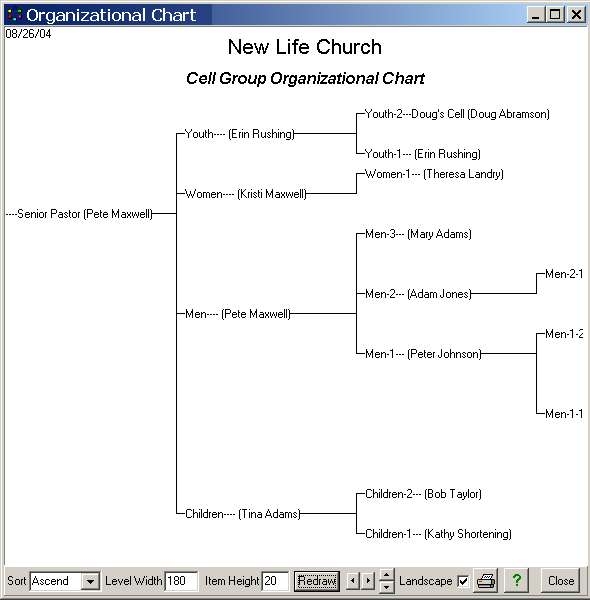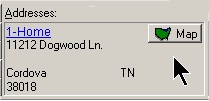Excellerate was originally designed in collaboration with one of the largest small group churches in the U.S. and, though we have since broaden our scope to become just as functional for churches that don’t use as many small groups, we have never lost our passion for helping churches run effective small groups. In fact, you can see our heart for small groups in the funny spelling of Excellerate.
The following are some tips for how to build a powerful small group ministry.
Be intentional in your groupings
- Design your small group structures in the same program where you’ve stored member information.
- If you want all new Christians grouped into a disciplining small group, or all newlyweds, Excellerate will create a list all people who share common criterion or who underwent a particular step after a given date. This allows you to assign them to the appropriate small group.
- Tinker with small group structure by simply dragging and dropping the members from one group to another.
- Small structures become very complex very quickly. The only practical way to track the relationships and memberships of your groups is via computer aided interactive charts.
- Excellerate automatically generates these for all your small groups.

- Visually see the structure you’re building and play with it until it perfectly fits your goals.

Provide clear paths of communication
With Excellerate, you aren’t limited to only graphing the relationships of group to group. You can also include single individuals whose purpose in the small group organization is purely administrative.
- Establish a smooth path whereby the lead pastor can communicate values and direction to the entire church by way of only a handful of people who each communicate with their own handful of people and on down the line, until every member has been informed.
- Clearly identify which small groups report to whom.
- Even pastors of churches with tens of thousands of members can stay informed about their small groups’ activities
- Track which group birthed which group so relationships can be maintained and utilized to keep members connected to the larger body.
- List your small group options on your church’s website, making it easier for visitors and new members to plug in.
- Give each small group leader access to an online listing of contact information for each of their members. The list is password protected and available online, so it may be accessed at any time and from any computer or blackberry.
- Send mass emails to your members, visitors, or any sub-grouping you choose.
Connect people to people
E-mail visitor contact information to a specific small group leader or designated connector for follow-up.
Track follow-up results.
After contacting the visitor or potential small group member, your connector can enter the results online.
Then, you can analyze the results over time and identify which groups and strategies retain more people.
Pull up maps showing you where a person lives.
Rather than open a browser and paste info line by line into your favorite mapping site, just put the site under preferences and, at the click of a button, Excellerate will launch the website and automatically fill in all the address fields.


Track small groups in a manner custom designed for you
- Handles any small group organizational principle you can imagine:
- By location (5 X 5)
- By interest
- Free market
- Sunday school classes
- Principle of 12
- Purpose driven
- Over 40 pre-built user definable fields, plus the ability to build your own fields. Half of the member information screen is available to be filled with the fields you build.
- You can build your own reports and swap with other churches, so you can always be tweaking and improving.
Set goals and track your results
- Set a timeline for various small group activities and track completion. For instance, if you want your groups recruiting new members and birthing new groups, you can set target birthing dates for each group, and then track how well they hit those targets.
- View a group’s activity history and track the results of those activities
- Track attendance, number of visitors, number of children present, number of salvations, etc.

